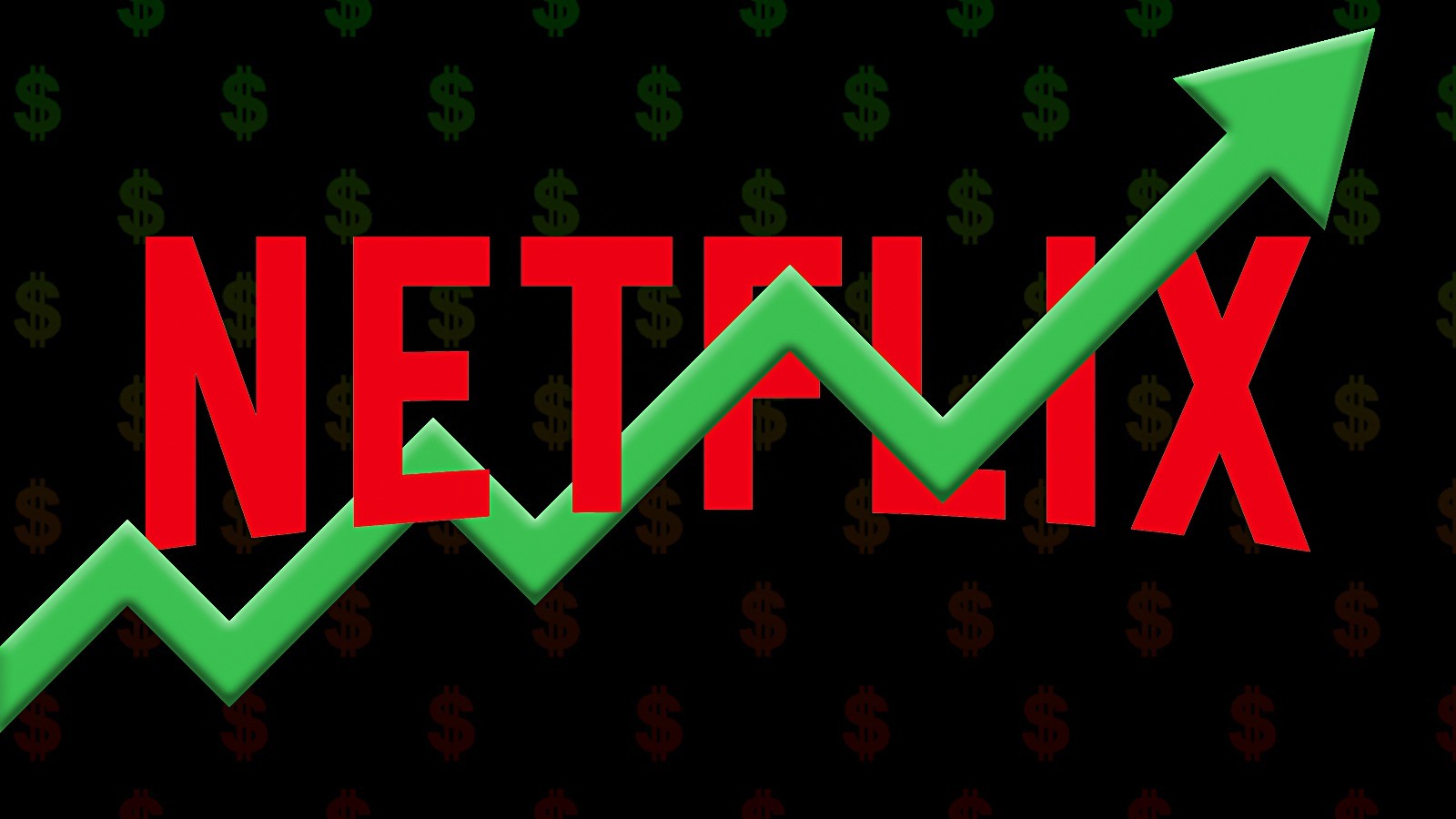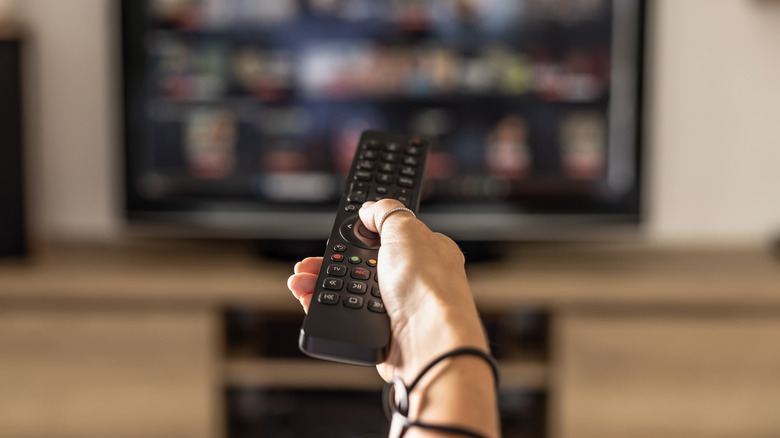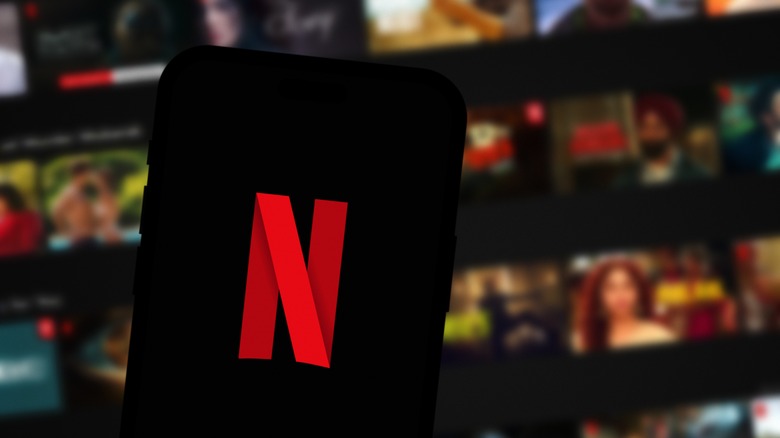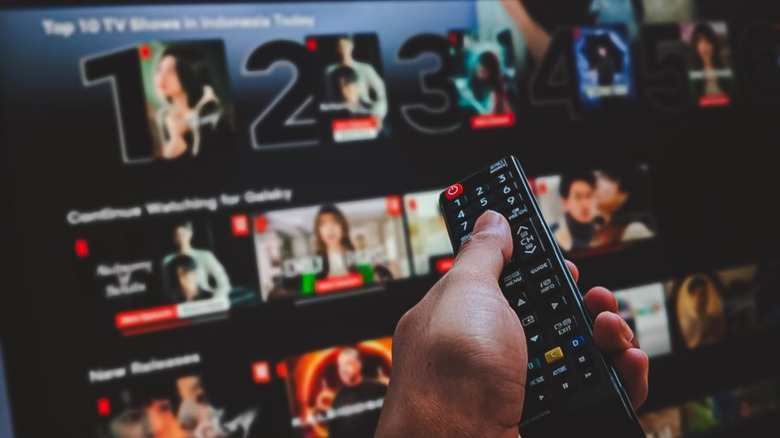Physical Address
304 North Cardinal St.
Dorchester Center, MA 02124
Physical Address
304 North Cardinal St.
Dorchester Center, MA 02124

Static Media/Shutterstock
Some things in life are inevitable: death, taxes, and the steady rise of Netflix subscription prices marching higher like Hannibal’s elephants over the Alps. Not long ago, Netflix was just a DVD-by-mail service, then a hybrid rental and streaming business, and finally a fledgling, exclusively digital library.
For a while, Netflix’s streaming prices were too good to ignore. Nonetheless, in recent years, it’s clear that streaming may not be the goldmine of corporate profits once envisioned. The model at Netflix has shifted, with a significant focus on original programming, particularly reality shows that are cheaper to produce. Along with new subscription tiers and a crackdown on password sharing, Netflix experienced a massive spike in subscriptions.
Overall, subscribers seem to have begrudgingly accepted these changes and price hikes as the new normal. However, many might not realize how much Netflix’s prices have changed over the past 17 years. With more changes expected in 2024, let’s take a closer look at how the company has gradually raised its fees from 2007 to today.

In 2007, Netflix appeared to be on the decline. The company added an online streaming library that year as a last-ditch effort to compete with Blockbuster’s Total Access, launched a year earlier. Initially, monthly streaming hours on Netflix were tied to your DVD rental plan. The most common plan cost $18/month for three DVDs and included 18 hours of streaming. By 2008, the top-tier plan moved to $16.99/month with unlimited streaming, while a $4.99 plan for two DVDs per month still gated streaming hours.
In 2011, Netflix split its DVD and streaming services into separate plans, each costing $8/month. This move faced substantial backlash because it effectively raised the cost of the previous combo subscription from $10 to $16. In 2013, Netflix added a four-screen streaming-only family plan at $11.99/month. By 2014, it created a third streaming tier, with the existing “standard” package seeing a slight price bump, and introduced a “basic” plan with only SD and one-screen streaming at the old $7.99/month price point.

The core Netflix streaming plans have steadily increased in cost since 2014. The Premium plan rose to $13.99 in 2017, $15.99 a year later, and $17.99 in 2020. It climbed to $19.99 in 2022 and reached $22.99 in fall 2023. The Standard plan experienced similar price hikes, reaching $15.49 in January 2022. The Basic plan was eventually discontinued for new customers after hitting $11.99/month, with the new ad-supported Standard plan replacing it at $6.99/month.
For the Premium and Standard options, the price nearly doubled in a decade. Adjusting the Premium tier’s 2014 price for 2024 inflation equates to around $16/month, just 50 cents more than the current Standard plan, and $7 cheaper than the actual Premium price in 2024. The original 2011 unlimited streaming plan’s $8/month translates to about $11.50 today after inflation adjustments.
One could argue Netflix has become much more robust, justifying the price hikes. It offers more original programming across various genres. However, many originals have underperformed or been canceled prematurely. Despite video quality improvements and added features, if the rumored price hikes occur later this year, many users may soon reach their limit.

The price ceiling on a service like Netflix is ultimately determined by what subscribers are willing to pay. Clearly, we haven’t reached that point yet, as the streamer has hit record profits and subscriber counts this past year. However, that doesn’t mean everyone is happy. Various policy changes and frequent show cancellations have consistently irked viewers, which might eventually impact financial performance.
We’re all still adjusting to the current streaming status quo and Netflix’s modern model. Password sharing is nearly extinct, and some movies are unavailable with the ad-supported plan. Claiming that streaming has reached a stable equilibrium would be inaccurate. The industry is more crowded than ever, and while Netflix’s profits are rising, the future of entertainment distribution remains unpredictable. For now, though, a few things are certain: Death, taxes, and the steady rise of Netflix subscription prices.
Source: Looper



